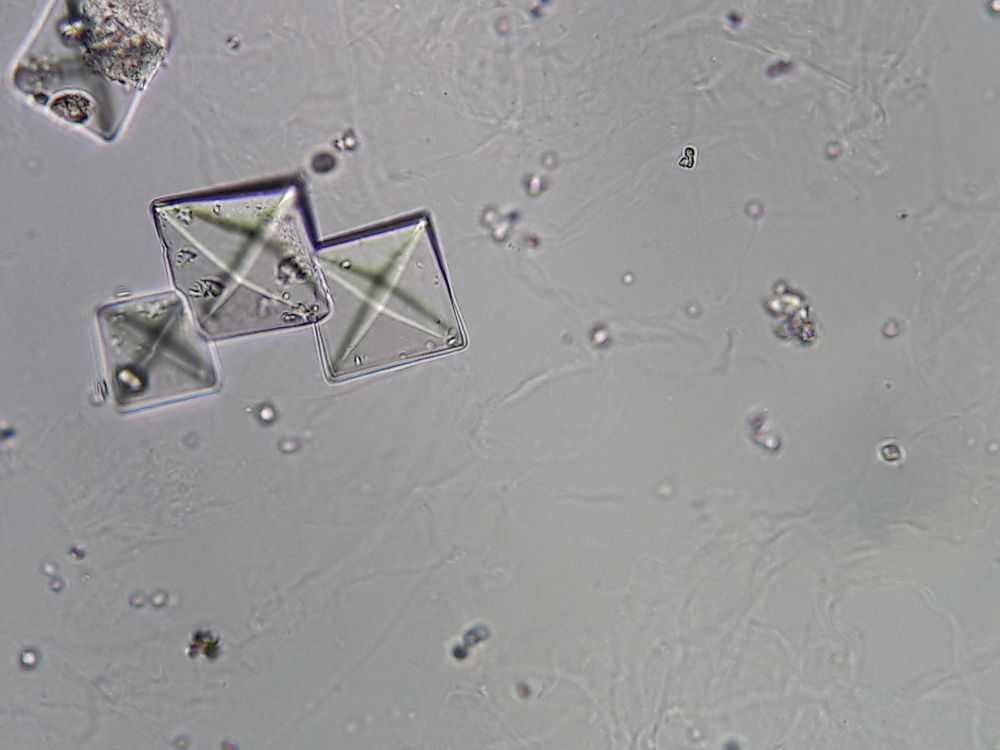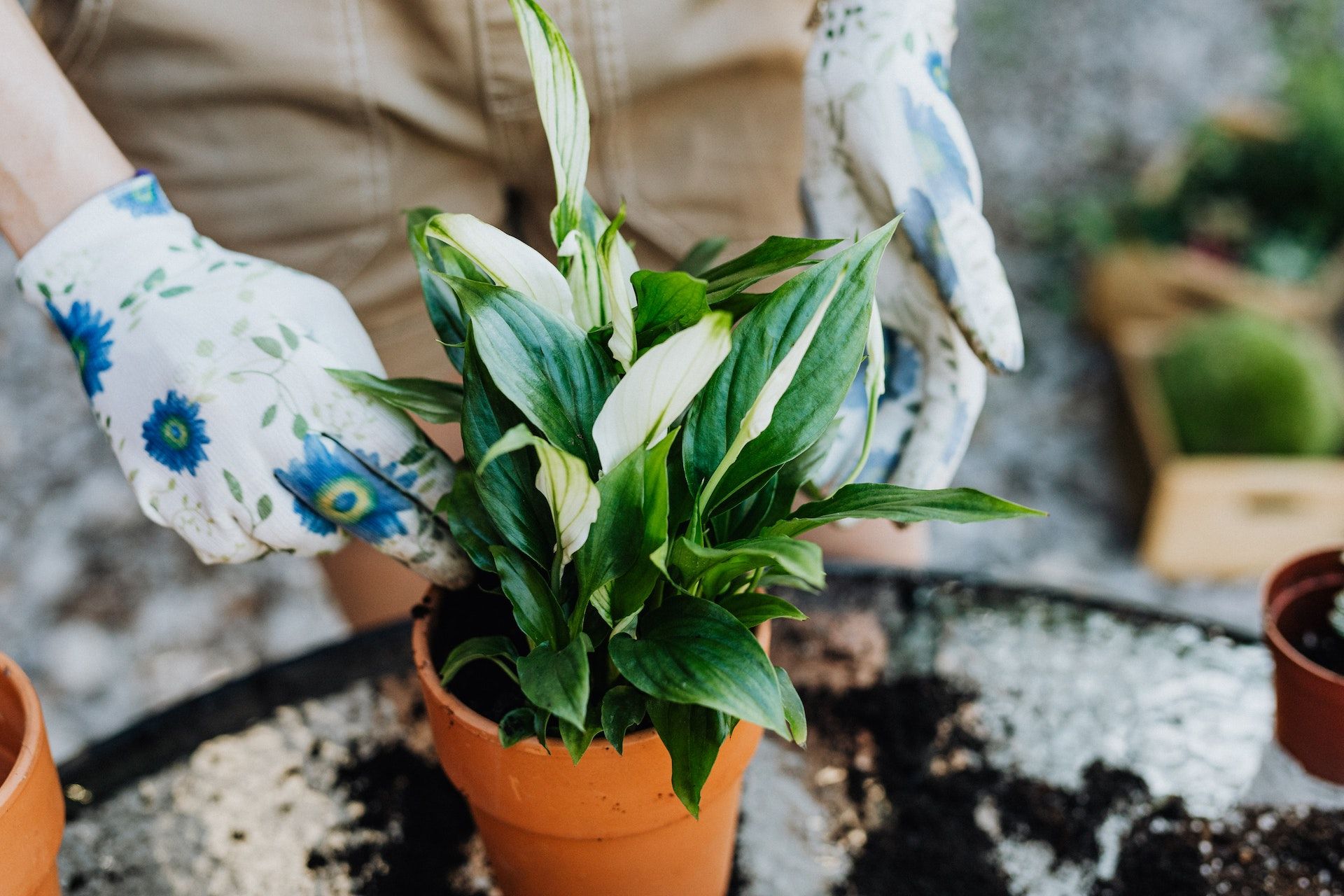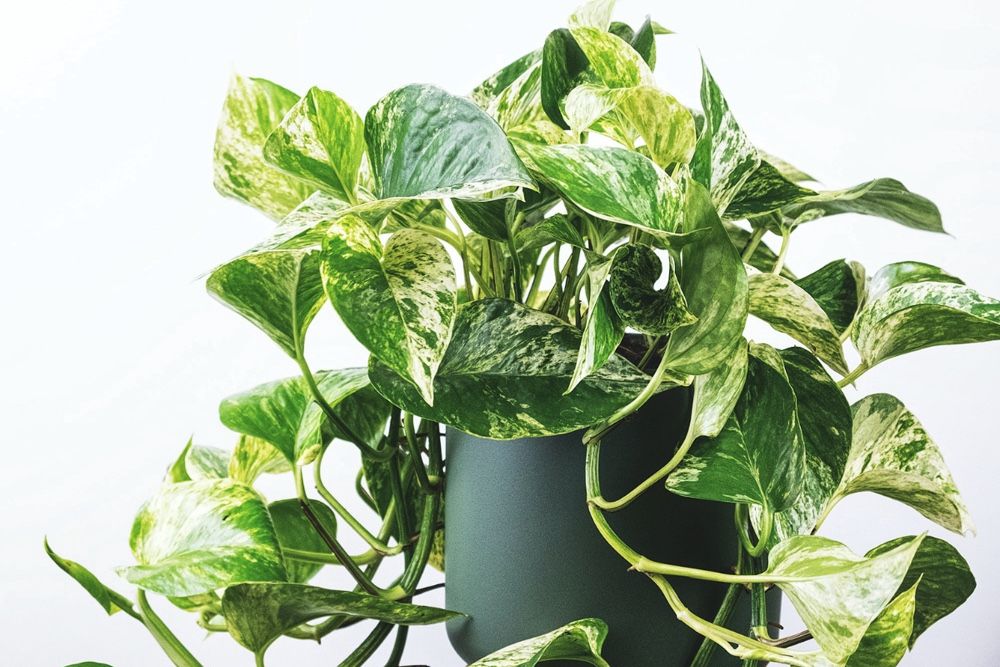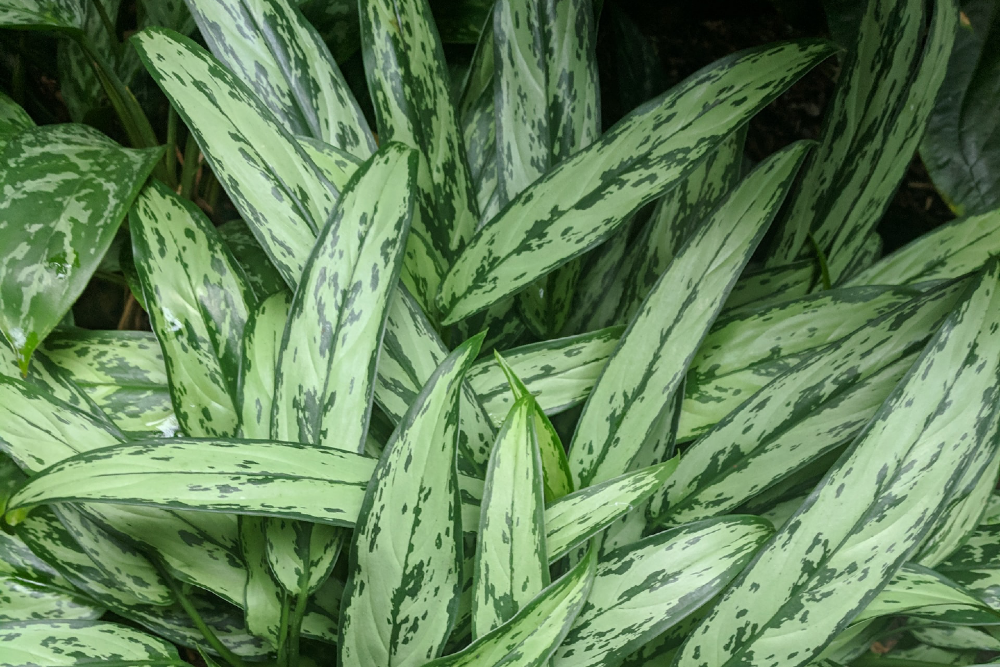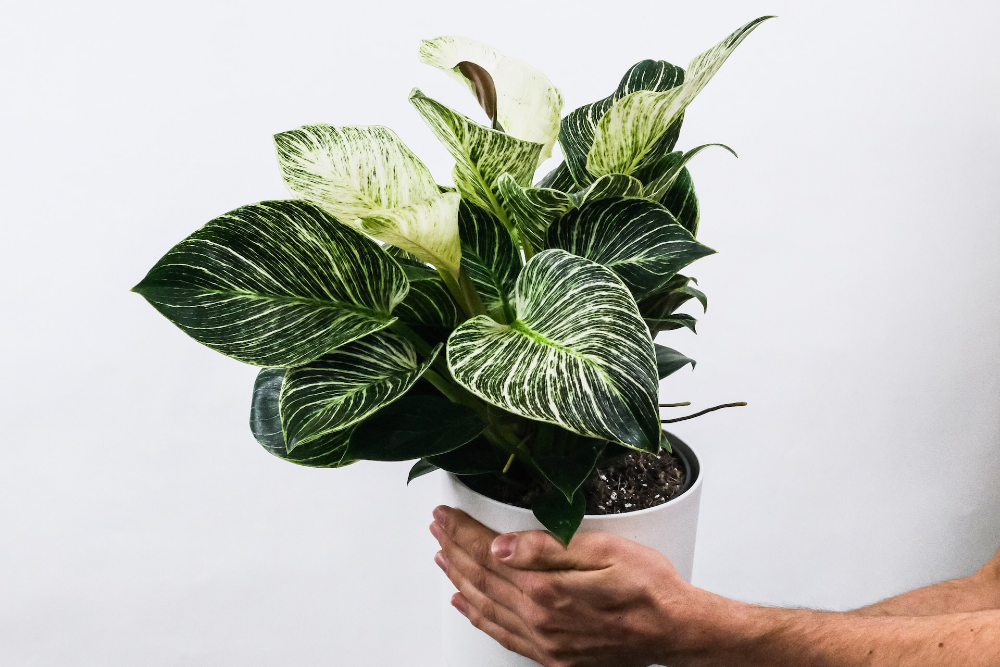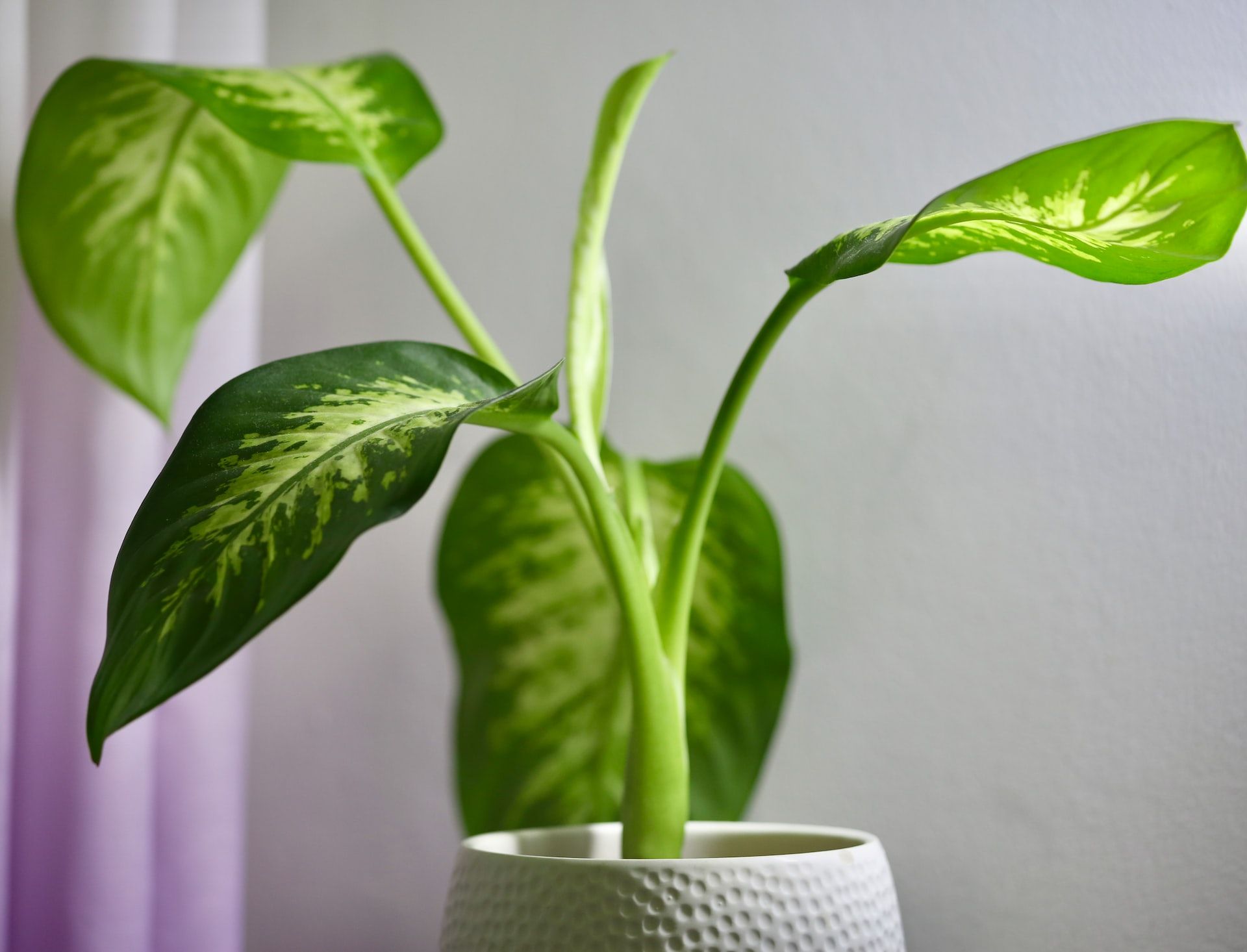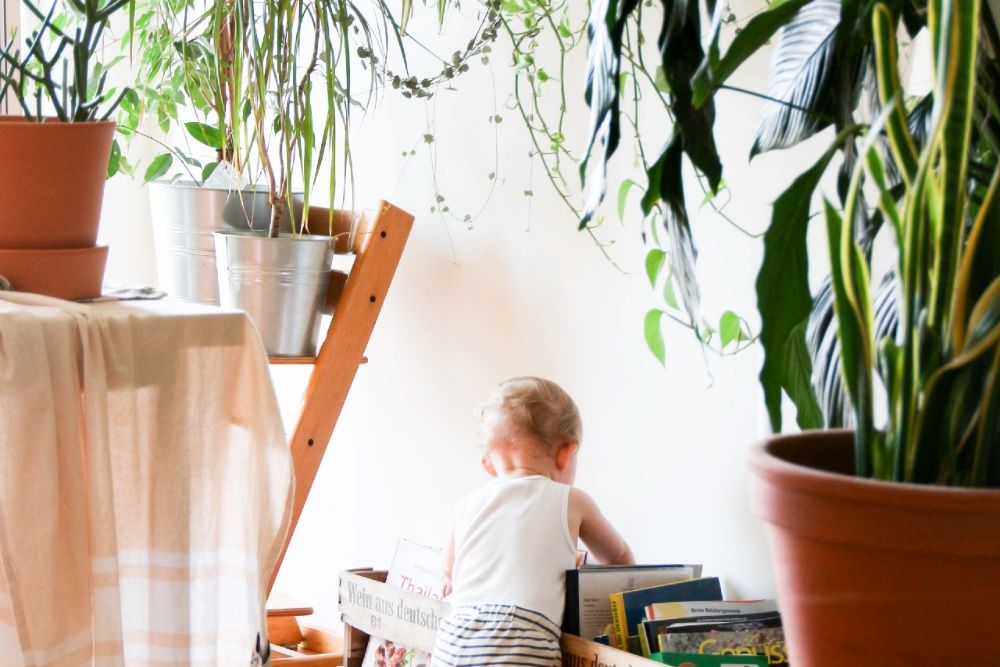It’s important to remember that, while beautiful, houseplants can also be toxic to children and are a prime culprit in poisoning cases with kids younger than six.
While there are exhaustive lists out there of poisonous houseplants, the types of plants on this list belong to the Araceae family, which are also some of the most popular houseplants out there.
Specifically, all members of the Araceae family are poisonous and irritating to their hands, mouths, and digestive systems. That’s because they produce calcium oxalate crystals, the most common crystals that form kidney stones.
Below is a list of some of the most common oxalate-containing indoor plants from the Araceae family.
A Note About Calcium Oxalate Crystals
Image credits: Sittichai Kammayeengoen via Shutterstock
As this harmful crystal occurs in every plant on this list, it’s important to dive into why it causes harm when ingested. Oxalate crystals are microscopic and sharp, causing injury to the sensitive tissues of the mouth - perhaps similar to the sensation of swallowing ground glass.
As scary as that may sound, poisoning from one of the plants below is quite rare. That’s because the intense pain is enough of a deterrent for children to ingest a tiny bit of the plant. A child would have to chew on and swallow a significant amount of the plant to be poisoned.
Common Indoor Plants Poisonous For Kids
1. Peace Lily
Image Credits: Karolina Grabowska via Pexels
The peace lily, while praised for its low maintenance and air-purifying qualities, is also poisonous. Known for its large, lance-shaped dark green leaves and prominent white blooms protruding from the foliage, the peace lily’s flowers, leaves, and stems also contain calcium oxalate.
These tiny crystals, if ingested, can cause pain and harm to the mouth, throat, and lips and induce coughing, nausea, and vomiting.
2. Pothos
Image credits: Feey via Unsplash
Pothos is a vining house plant that’s incredibly fast-growing and tolerant of different light levels. Unfortunately, although it’s one of the most popular houseplants on this list, it’s poisonous. Its beautiful heart-shaped leaves contain calcium oxalate, which forms microscopic needle-like crystals called raphides.
If a child chews or swallows pothos’ leaves, it can cause inflammation in the mouth or throat and rare instances, difficulty swallowing and breathing. Besides risks related to ingestion, the sap from the pothos’ leaves and stems can also cause rashes on the skin.
3. Chinese Evergreen
Image credits: Mark Bosky via Unsplash
The Chinese evergreen has dark green, lance-shaped leaves with silver and gray spots or blotches. Like the other plants on this list, this popular house plant has oxalate crystals that are harmful if ingested.
While the severity of the poison for the Chinese evergreen is low, if a child gets in contact with the juices or sap of the plant, irritation, burning, and swelling in the mouth, along with a skin rash, can follow.
4. Philodendron
Image credits: Feey via Unsplash
For this category, any plant that falls under the Philodendron genus is poisonous. Characterized typically by large oval or spear-shaped leaves that are deeply cut or lobed, the ever so popular Philodendron is also one to be wary of. This plant too have a presence of oxalate crystals.
If the plant is chewed, its raphides can cause pain and swelling. In some cases it leads to excessive drooling, difficulty swallowing, and even loss of speech. And if the sap gets on the skin and eyes, it can cause irritation and abrasions on the corneas.
5. Dumb Cane
Image credits: Ankur Madan via Unsplash
Out of all the plants on this list, dumb cane is one of the most poisonous houseplants in the Araceae family due to several toxins, including oxalate crystals.
If the plant is ingested, it will cause burning and swelling in the mouth, throat, and vocal cords. This houseplant’s common name is about the harmful effects of its sap, which leaves its victims “dumb” or temporarily unable to speak.
Treating, Preventing, And Researching
Image credits: Brina Blum via Unsplash
If one of the above plants (or any plant containing oxalate) is ingested, quickly wipe the plant residue from the child’s mouth and give them something cold to eat - such as a popsicle, applesauce, or yogurt. The cooling effects of these foods will offer some relief from the symptoms.
And if the plant’s sap has come into contact with a child’s skin, wash the affected area with soap immediately. Then, rinse it with warm running water to calm the irritation. If the above doesn’t help and the situation worsens, it’s time to head to the doctor.
Prevention and research are essential in protecting children from poisonous indoor plants. It’s understandable to want to bring these houseplants into your home as they’re some of the most beautiful and beginner-friendly.
However, it’s essential to know their Latin names on top of their common ones, so you can research the plant and its unique characteristics. This can help you communicate precisely with a healthcare professional in the event of poisoning.
Be Aware Of Your Surroundings
Keep plants well out of reach by putting them high up on shelves, tables, or plant stands. Its essential to maintain prevention as well.
Know other plants poisonous for kids that should be added to this list? Write to us in the comments below, and as always, share the article if you found it useful.


